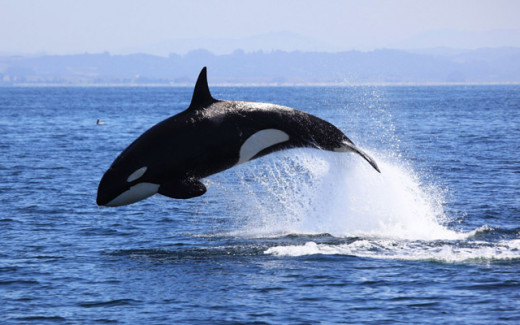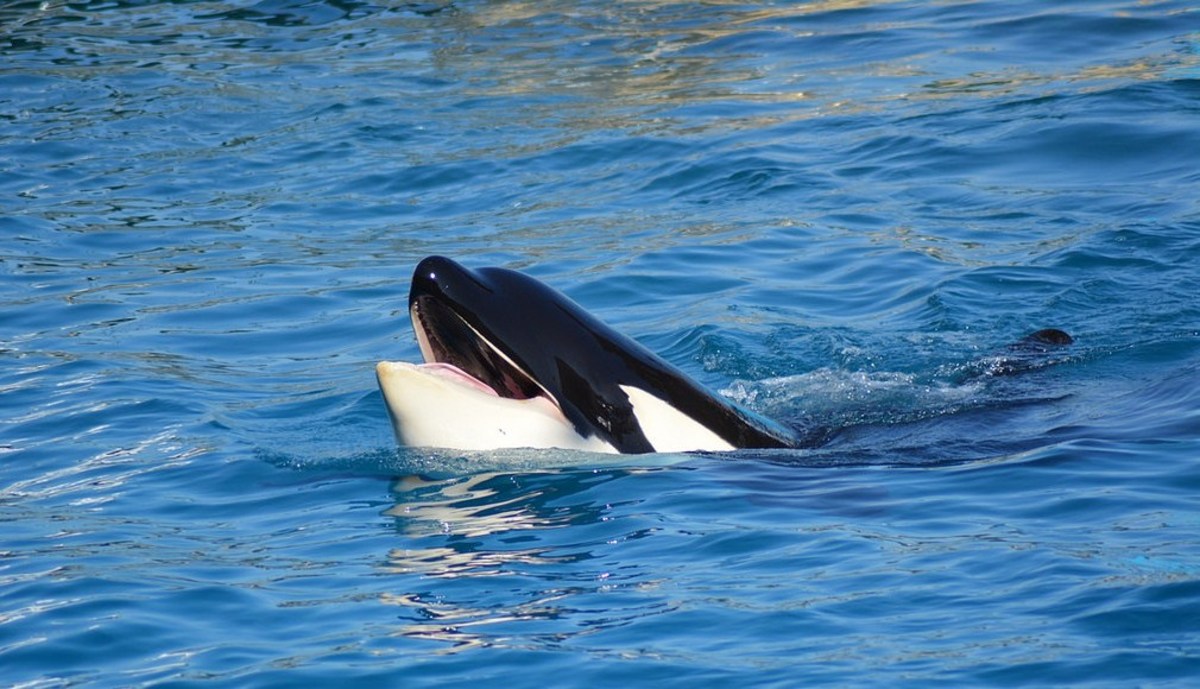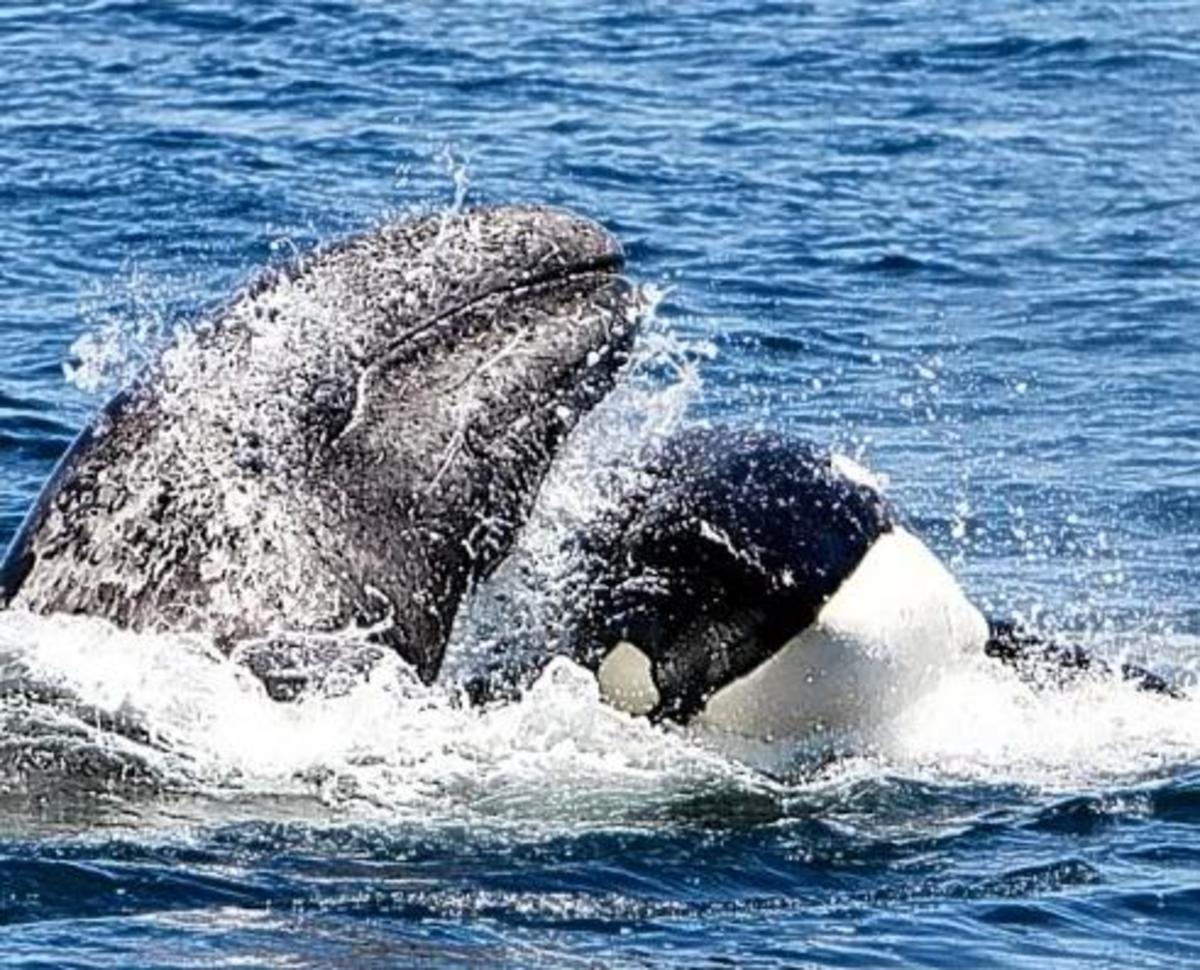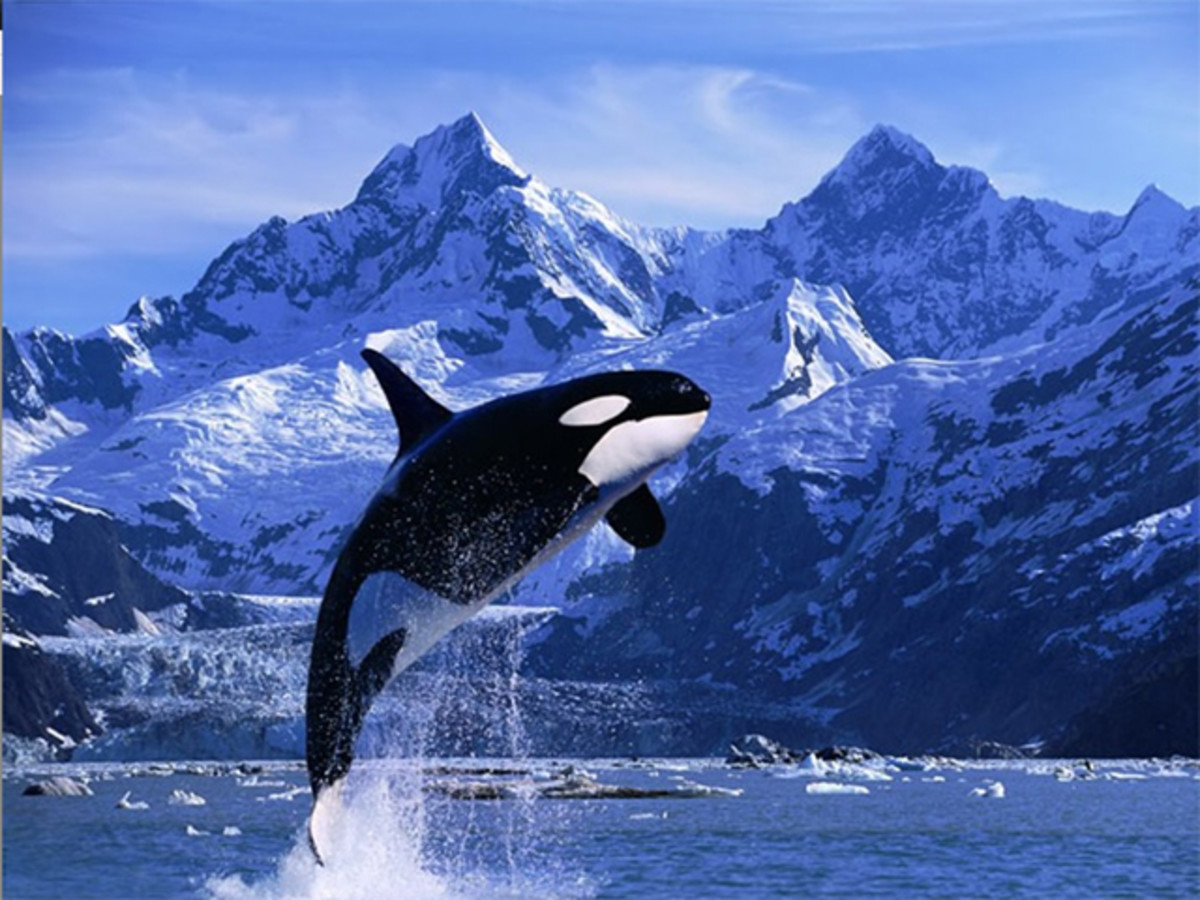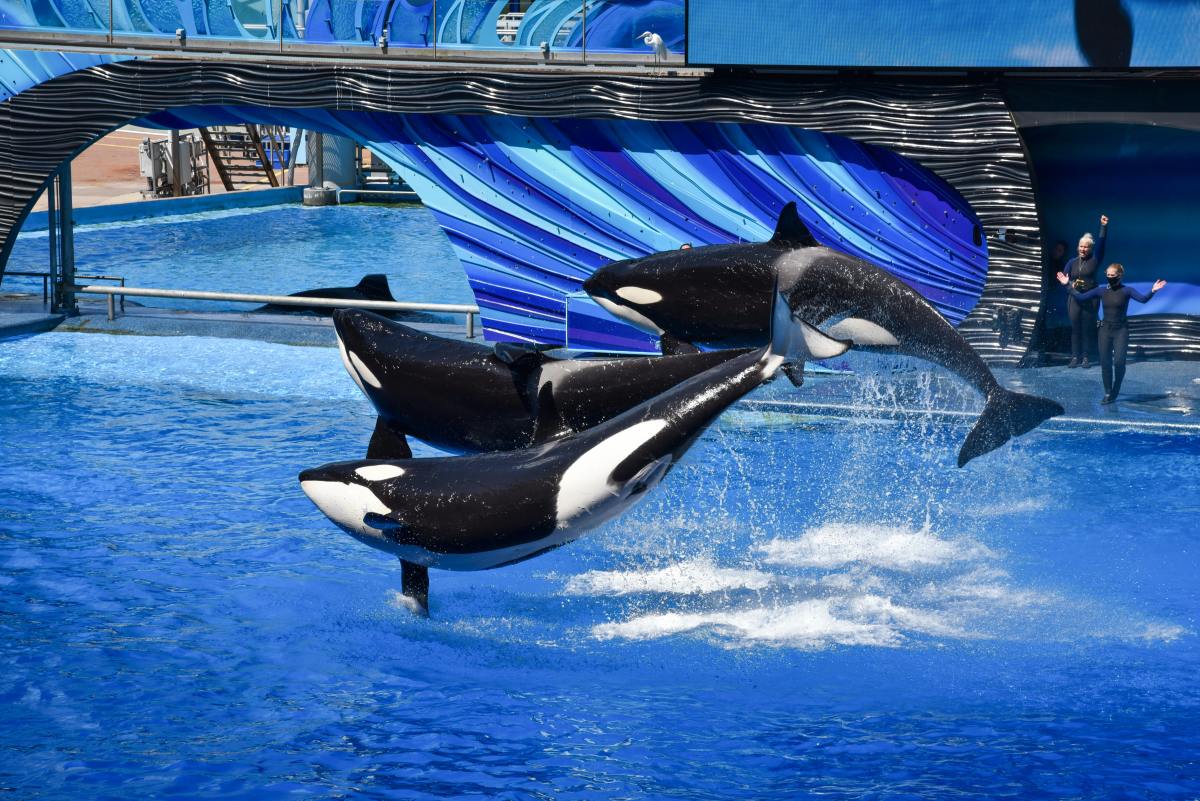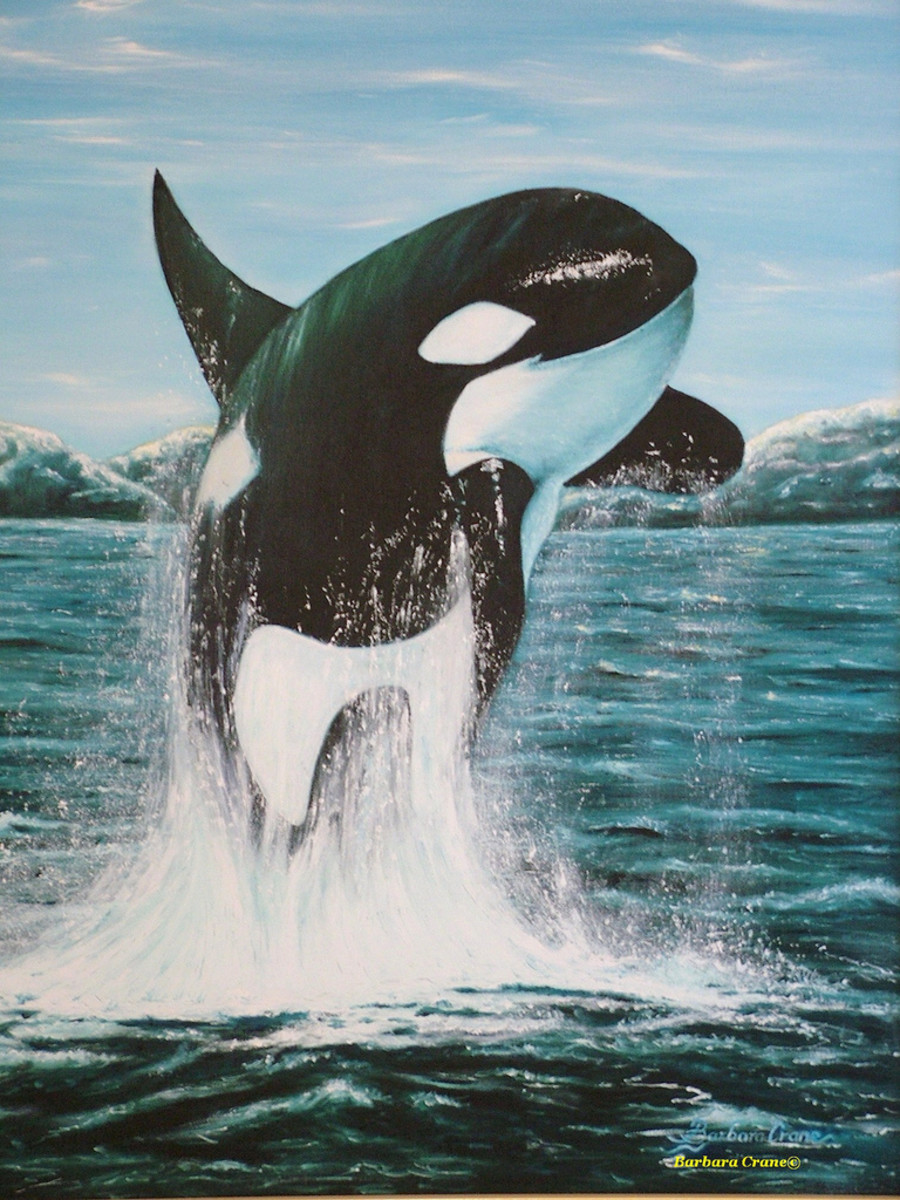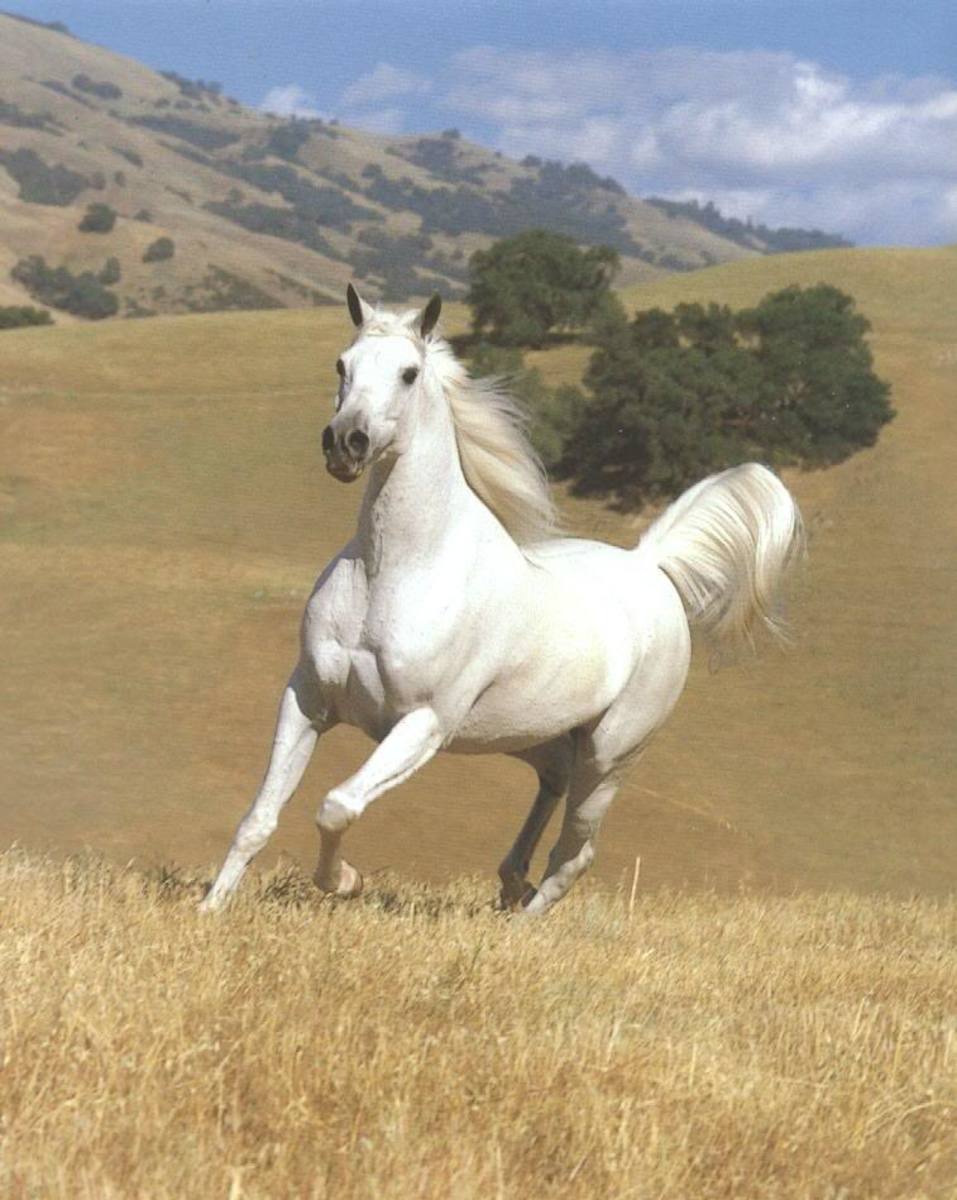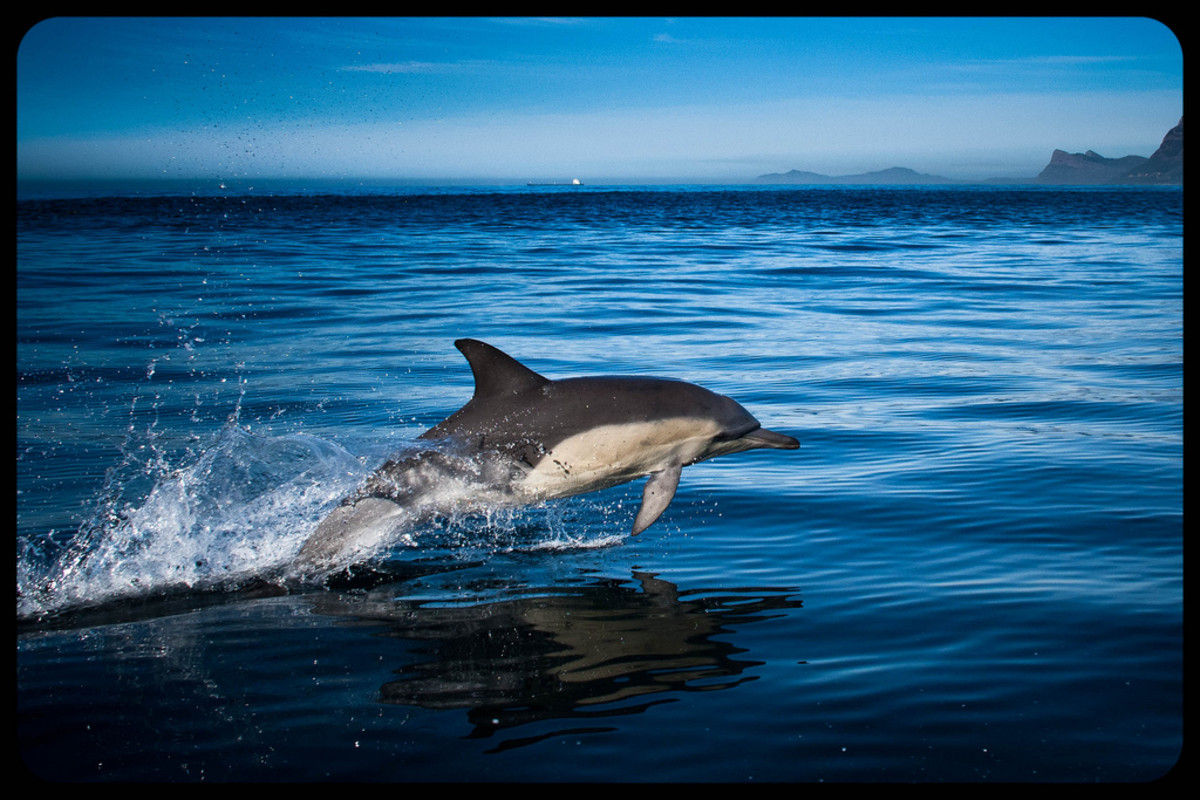What's Wrong With SeaWorld: The Captivity of Killer Whales
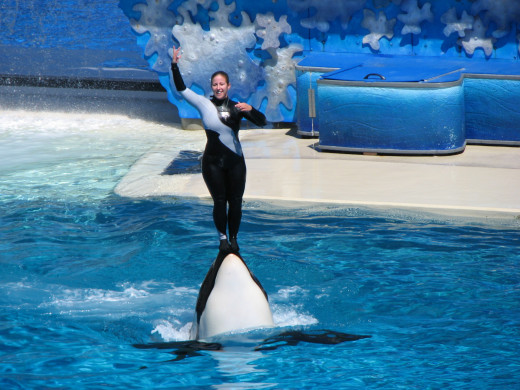
SeaWorld
Every child dreams of going to SeaWorld. Watching the orca's, an animal they may never see in the wild, perform incredible tricks, even interacting with the audience. With roughly 4 million tickets sold a year and a net worth of over 2 billion dollars, SeaWorld has become a household name for their animal shows, rehabilitation and research. Shamu has also risen to celebrity status as a SeaWorld performer, with the company making a quite the pretty penny with the sales of these plush whales. SeaWorld stresses education - hoping to broaden the minds of young children with information about killer whales, exposing hundreds to the beautiful creatures everyday. So, what's the problem? The secrets hidden behind those tanks would surely change millions of opinions regarding the mega-corporation.
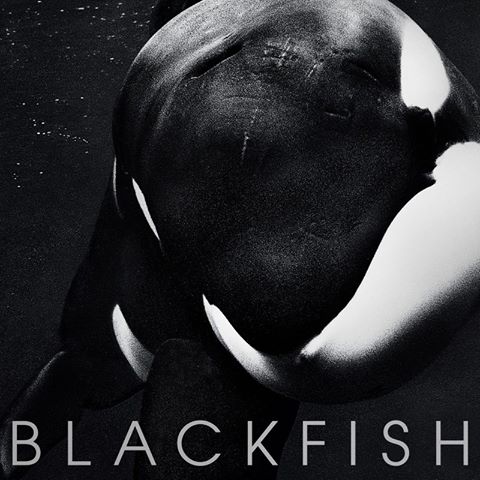
"Blackfish": Facts Revealed
Blackfish, directed by Gabriela Cowperthwaite, tells the chilling details of killer whales in captivity and the resulting dangers of these creatures. Specifically focusing on the death of Dawn Brancheau, killed at the hands of a whale she worked with daily, Tilikum. This served as the basis for this documentary; however, for anyone who has seen "Blackfish" knows it goes deep into the hidden secrets of SeaWorld while questioning the humaneness of whale captivity. In both an emotional and factual appeal, this documentary as captured the hearts of many, creating an online buzz that swept the web Fall of 2013. Anderson Cooper, Ariana Grande, Stephen Fry, and even PETA joined the Twitter buzz, expressing their broken hearts at the divulged secrets of SeaWorld. So, what were these secrets?
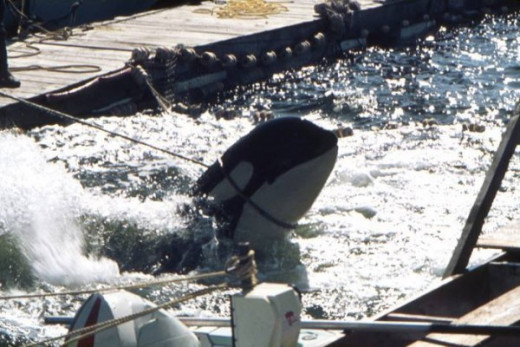
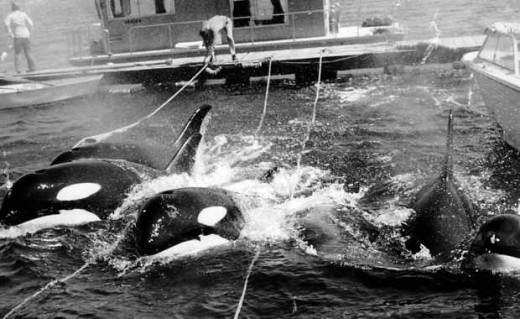
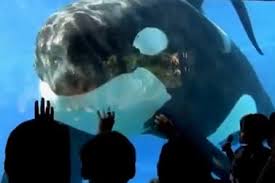
The Initial Capturing of the Whales
Whales are highly intelligent creatures, potentially more-so than humans. While some will argue that they lack a language - a characteristic used to set humans above many other species - many are adament that orcas have an advanced way of communication. In fact, whales have a similar brain structure to that of humans; interestingly enough, however, they actually have something in the brain even humans lack. This is believed to be involved with emotion. Whales form close bonds, staying with their partners and children for a great deal of their lives. Humans may like to believe we are the only ones who feel pain, emotion, love, hurt, community, society, order - whales make a good argument against this thought process however, with the little we know of the amazing creatures.
This brings us to SeaWorld - a company hoping to exploit these creatures for a profit. While they focus on research and conservation, many facts negate their good intentions. SeaWorld began in 1964; however the capturing of whales for their Orlando location started in the 1970s. Fishermen set out off the coast of Washington on a mission. Aiming for the young, baby orcas, the men tracked a family of whales, trapping them in a three-acre net. As the whales cried out, no one came to their rescue, and despite their pleas and quick thinking - there was no escape. John Crowe, a diver on that whale captivity mission, explains the tears that were brought to his eyes as the whales underwent maybe one of the most traumatic events of their lives. He realized, right then and there, they were taking several baby whales away from their mother. As the group retrieved the whales they needed, the net lifted, but the remaining family continued to cry out for hours after, circling the boat. Not only this, but 3 whales were found dead in the net during the captivity process, whose bodies the fishermen filled with rocks and sank. These are the results of the years of whale capturing:
- 275 - 307 whales caught
- 55 sent to aquariums
- 12 didn't even make it to the aquariums
What SeaWorld was doing was actually illegal. This moved the group to Iceland to continue the capturing. In 1983, Tilikum was captured in the North Atlantic. This is the beginning of the end of not only his life but the lives of the humans he attacked.
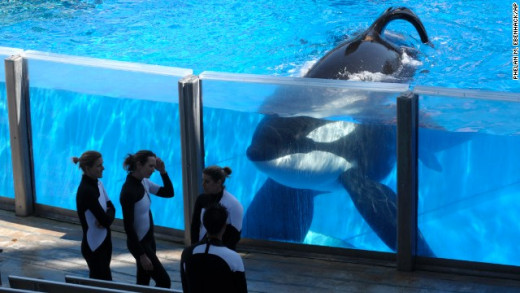
What Happened at SeaWorld
Now that these whales were stripped of the lives that they'd known forever they were forced into pools - nothing compared to the entire ocean at their flippers while in the wild. Here, they were trained, looked after and forced to breed and form families. While SeaWorld argues that these whales are a family - it's only artificial, material and manufactured. These whales' families are out in the wild, still potentially mourning the loss of their children.
At night these whales were enclosed in 20 by 30 feet pools - where they would often fight, taking out their frustration on male Tilikum, who was a trainer favorite. Coming out of the pool with scratches and blood, the training continued. As you can imagine spending years in a locked cell these whales went through similar trauma, resulting in a sort of "psychosis." Plagued by desperation and isolation, violence was not a novel concept in the industry. In 1991, Tilikum killed trainer Keltie Byrne. This incident was overlooked and in 2010 Brancheau's life was lost at the expense of this whale.
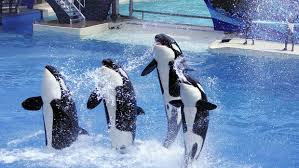
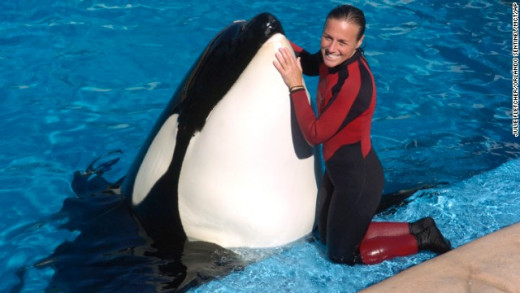
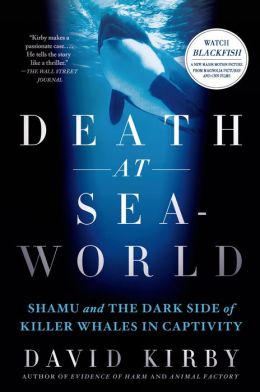
"Death at SeaWorld": Dawn's Story
Brancheau was one of the best in her profession. Dedicating her life to these orca's she was highly skilled in animal training. Like many sea trainers, she believed she was helping these animals while educating masses on the importance and elegance of the creatures. She was an incredible trainer who demonstrated ease and order in the tank. On February 24th, 2010, something went drastically wrong. The exact account is varied and fuzzy - SeaWorld describing it as "trainer error." Yet, Brancheau was known as a "safety guru" this was no "trainer error" - Tilikum knew exactly what he was doing. Pulling her under, the 12,000 pound creature violently dragged her through the pool. In a harrowing police call, medic, Thomas Tobin, tells the detective "the arm is nowhere" - indicating that Tilikum has swallowed it.
So began a media outrage. OSHA charged SeaWorld with safety violations - expressing the danger that the trainers are in working with captured animals of this strength and size. At the the same time, researchers and whale experts stepped in, digressing the the truth about this death at SeaWorld. Tilikum's story began over 20 years ago when the animal was first violently captured, pulled away from his family and his home. As previously mentioned, this captivity let out a "psychosis" in this animal as he was forced to preform everyday and kept in a pool day in and day out. Tilikum had a history of violence, something which SeaWorld should have taken into consideration when incorporating him into their world famous shows. While no one knows what exactly this whale was thinking, it surely was an act of desperation.
As a result of this death, trainers are no longer allowed in the pools with the orca's. This does not erase the desolate state of the whales at SeaWorld. It is shocking that a creature of such intelligence and majesty is being held in what is essentially a bathtub. SeaWorld believes they are educating millions on these animals. It seems more like exploitation. A creature confined to a pool - pulled out of the wild - is barely a creature at all. SeaWorld has stripped away the very essence of every whale thrown into that pool. There has never been any report of killer whale's attacking humans in the wild, while in captivity it has happened more than once in SeaWorld like franchises across North and South America and Australia. If education is their goal, SeaWorld should find ways to expose these creatures in their natural habitat - the wild. We cannot teach our children that captivity of a highly intelligent creature (maybe not too much different from ourselves) is okay by any means. I can only hope one day that the captivity will stop and these whales will be able to make a transformation back into the wild, where they can get their lives back - a life that SeaWorld stole when they were merely babies.
